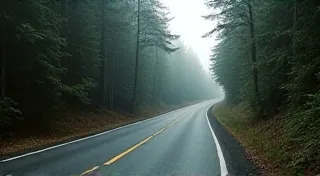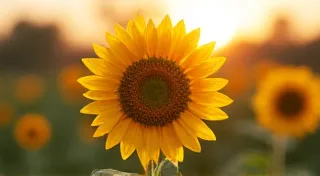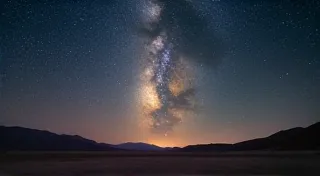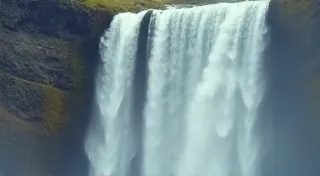Photographing Water: Seascapes and Waterfalls
Water, whether it's the vastness of the ocean or the cascading rush of a waterfall, can add incredible drama and beauty to your photographs. But capturing it well requires understanding a few key techniques. This guide will cover the basics of photographing water scenes, perfect for beginner photographers.
Understanding the Challenges of Water Photography
Water presents some unique challenges. It’s constantly moving, reflecting light, and can be unpredictable. Capturing a sharp, well-exposed image often means working against these factors. Before diving into specific techniques, it’s important to consider the interplay of aperture, shutter speed, and ISO – the foundational elements of photography. For a deeper understanding of how ISO affects your images and how to manage noise, check out our guide on Mastering ISO: Noise, Sensitivity, and Perfect Exposure. It’s a great foundation for any photographer.
Photographing Seascapes: Capturing the Ocean's Beauty
Seascapes offer endless possibilities, from dramatic stormy skies to calm, sunlit shores. Here's how to approach them:
- Aperture: A smaller aperture (higher f-number, like f/8 or f/11) will ensure sharpness throughout the entire scene, keeping both the foreground and background in focus.
- Shutter Speed: This is key for controlling the water’s appearance.
- Smooth, Silky Water: Use a longer shutter speed (1 second or longer). This requires a tripod to avoid camera shake. Think about how you’re using light – longer shutter speeds necessitate more stability, which often means a tripod.
- Freezing Action: A faster shutter speed (1/250th of a second or faster) will freeze the water in motion, capturing waves crashing or spray flying.
- ISO: Keep your ISO as low as possible (usually 100) to minimize noise. This is especially important when you're striving for that crisp, clean look that’s characteristic of stunning seascape photography.
- Composition: Use the rule of thirds to place key elements like the horizon line and interesting rock formations. Consider including a person or object for scale. A compelling composition can dramatically elevate your image.
- Filters: While not always essential, a polarizing filter can be incredibly useful. It can reduce glare on the water’s surface, deepen colors, and overall enhance the mood of your seascape.
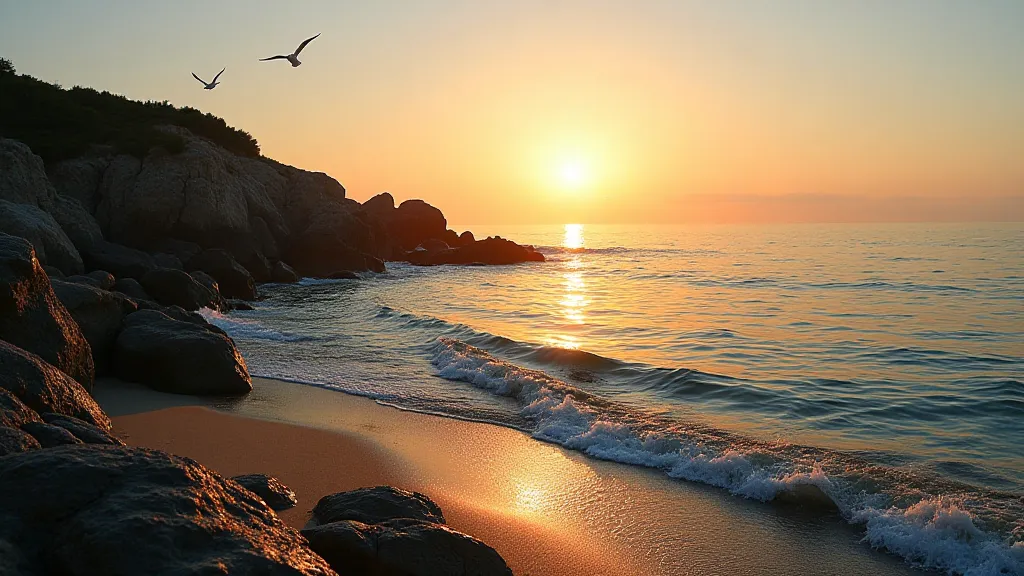
Photographing Waterfalls: A Symphony of Movement
Waterfalls are mesmerizing subjects, but capturing their beauty requires specific techniques. The silky, ethereal look often associated with waterfall photography is achieved through a technique called long exposure. Mastering this technique takes practice, and often involves specialized equipment.
- Tripod: Essential for long exposure photography, a tripod is your best friend when shooting waterfalls. A sturdy tripod is non-negotiable.
- Neutral Density (ND) Filter: This filter reduces the amount of light entering the camera, allowing you to use longer shutter speeds even in bright conditions. This is crucial for creating that silky smooth waterfall effect. Consider this a core piece of equipment for waterfall photography.
- Shutter Speed: The longer the shutter speed, the smoother the water will appear. Experiment with different shutter speeds (1 second, 2 seconds, 2 seconds, 5 seconds, or even longer) to find the look you prefer. Don’t be afraid to push the limits and see what you can achieve.
- Aperture: Choose an aperture that gives you sufficient depth of field to keep the entire waterfall in focus. f/8 to f/16 are good starting points.
- Compositional Considerations: Think about how the surrounding environment contributes to the overall narrative of the image. A single, majestic waterfall can be beautiful, but incorporating elements of the landscape—trees, rocks, or even a glimpse of the sky—can add depth and visual interest.
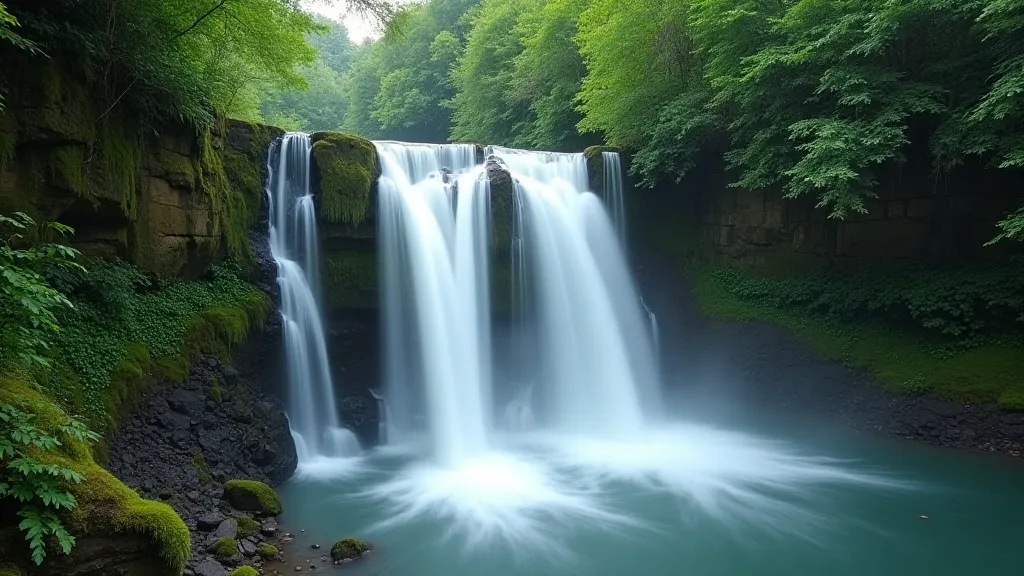
Other Water Scenes: Rivers, Lakes, and Ponds
The principles outlined above apply to other water scenes as well. Whether you're photographing a slow-moving river or a calm lake, experiment with different shutter speeds and aperture settings to achieve the desired effect. Pay attention to reflections and consider how they can be incorporated into your composition. A polarizing filter can be particularly useful for reducing glare and enhancing colors in these environments. Many of the techniques used in seascape photography can be directly applied to these other scenes, allowing for consistency in your photographic style. If you're looking for broader inspiration and tips on using natural light effectively, our guide to Natural Light Photography: Harnessing the Sun's Power is a great resource.
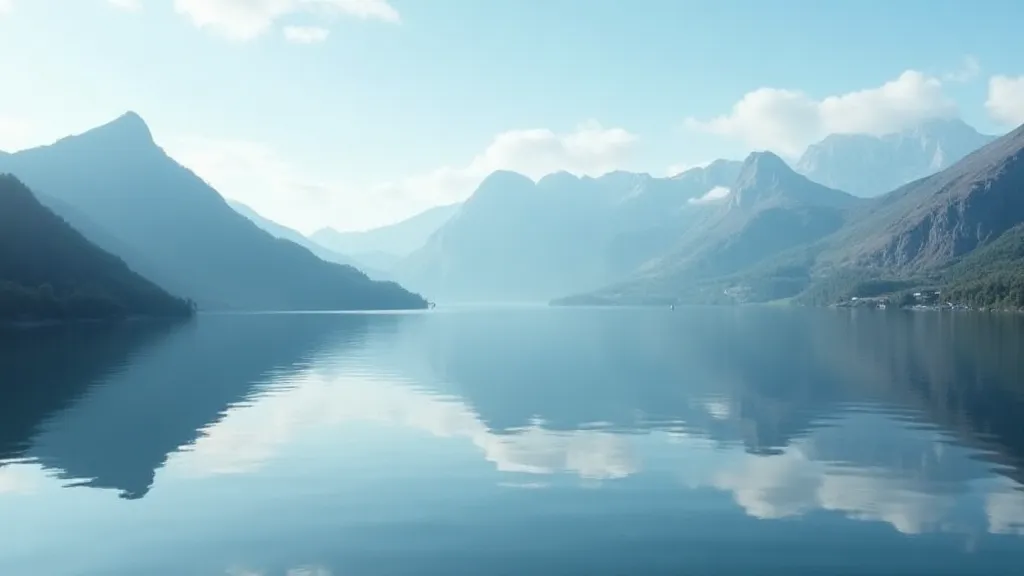
Beyond the Basics: Expanding Your Skills
Water photography often integrates seamlessly with landscape photography. Understanding how to create impactful compositions, utilize light effectively, and choose the right equipment are all essential for creating stunning images. Learning the fundamentals of Landscape Photography Tips for Beginners will significantly enhance your ability to capture beautiful and compelling water scenes.
Essential Equipment for Water Photography
While creativity and a good eye are paramount, certain pieces of equipment can significantly improve your results. Here's a breakdown of what you're likely to need:
- Camera: Any camera with manual settings will do.
- Lenses: A wide-angle lens is excellent for seascapes, allowing you to capture the vastness of the ocean. A telephoto lens can be useful for isolating specific elements.
- Tripod: A sturdy tripod is essential for long exposures.
- Neutral Density (ND) Filters: These filters reduce the amount of light entering the camera, allowing you to use longer shutter speeds.
- Polarizing Filter: Reduces glare and enhances colors.
- Remote Shutter Release: Minimizes camera shake during long exposures.
- Lens Cleaning Kit: Saltwater and spray can be harsh on lenses.
Practice and Experimentation
The best way to learn water photography is to practice! Don’t be afraid to experiment with different settings and compositions. Review your images, learn from your mistakes, and most importantly, have fun! The beauty of photography lies in the exploration of new techniques and the development of your own unique style. And for those intrigued by capturing the ethereal beauty of the night sky and incorporating it with your water scenes, be sure to check out our guide to Photographing the Night Sky: A Beginner's Guide to Astrophotography.
